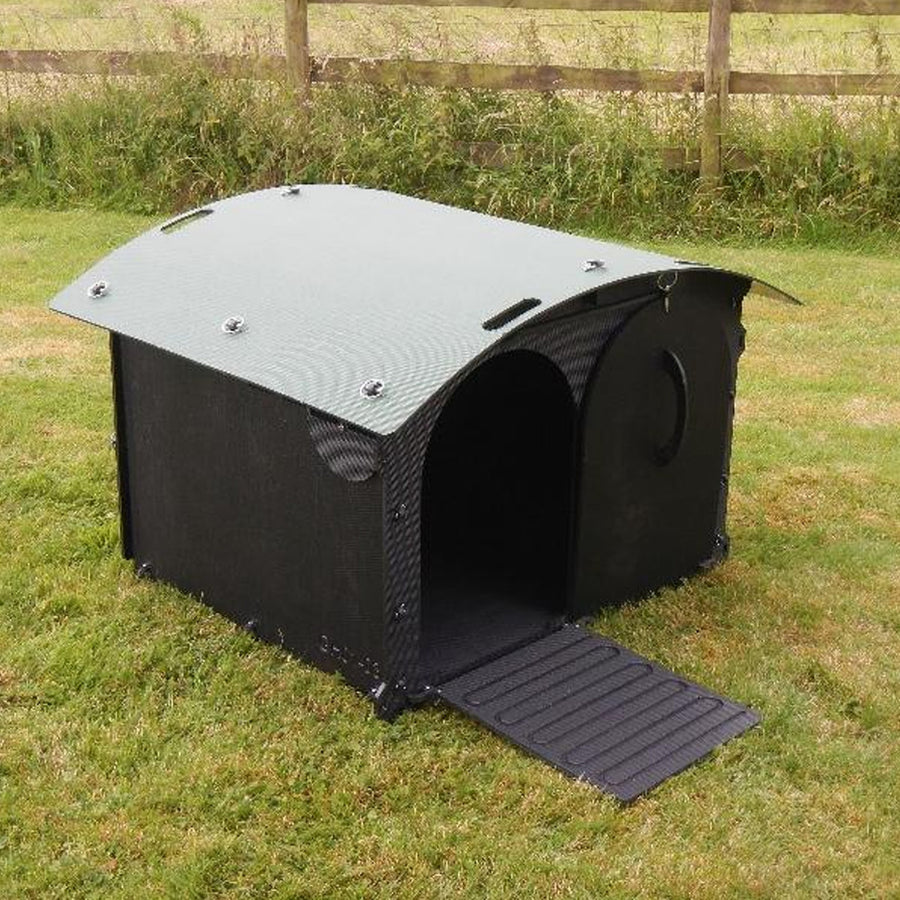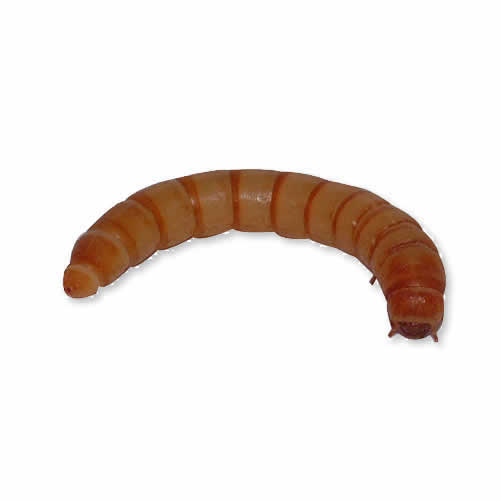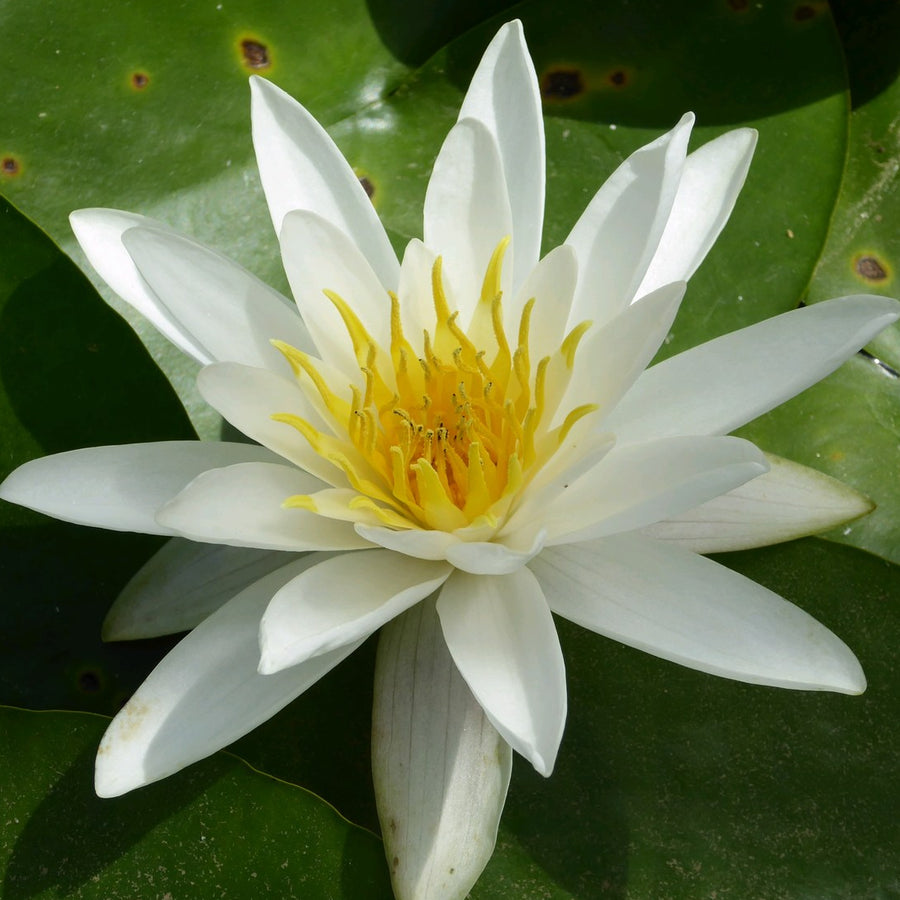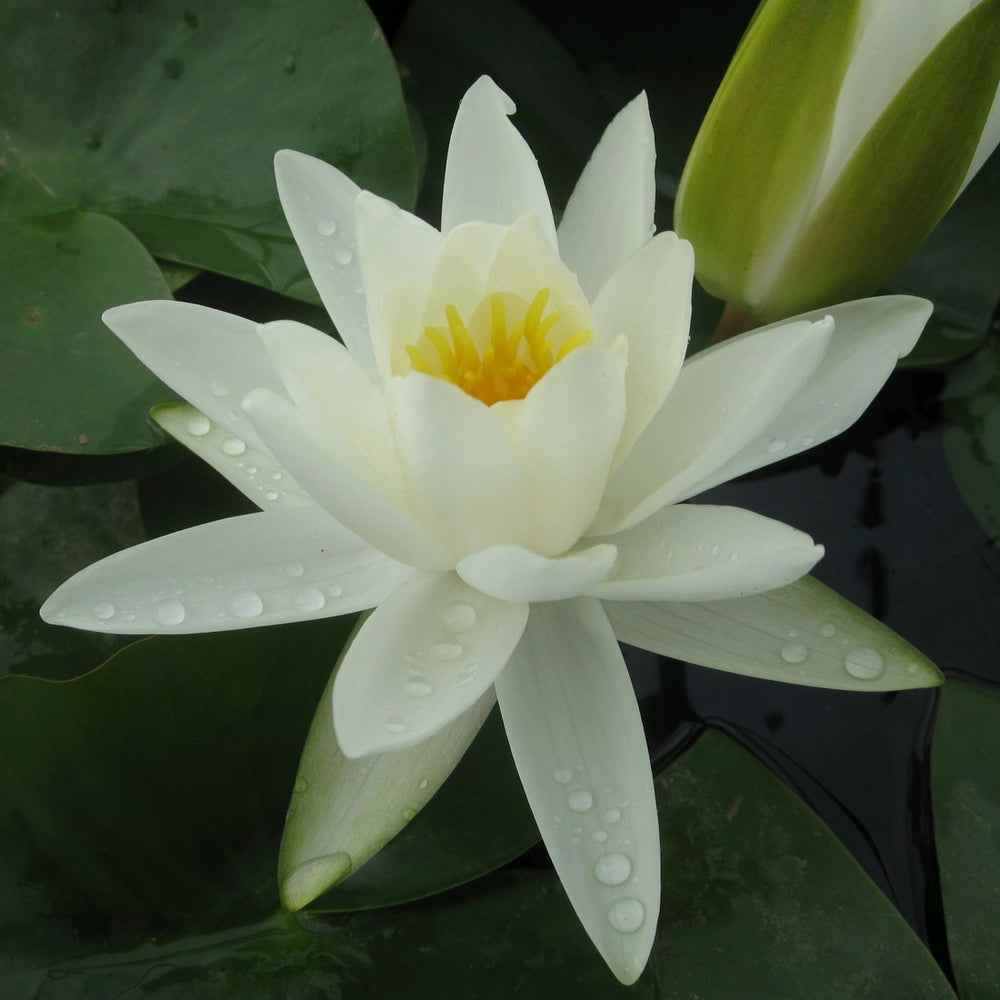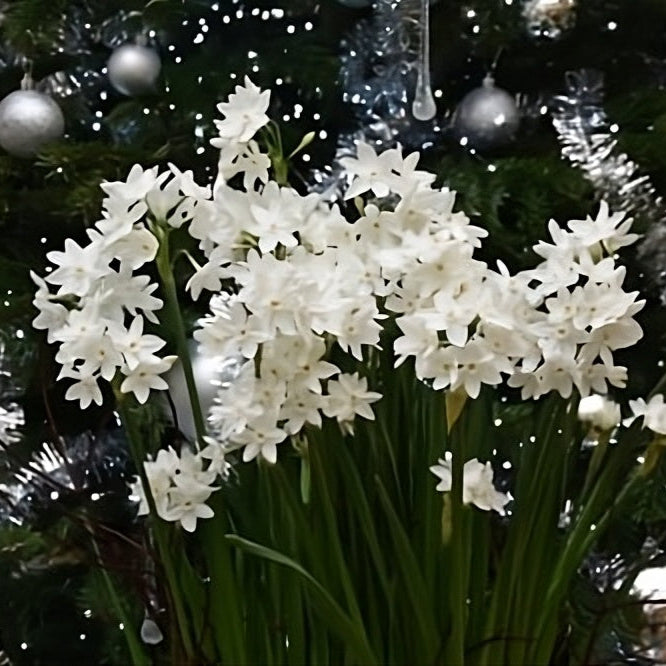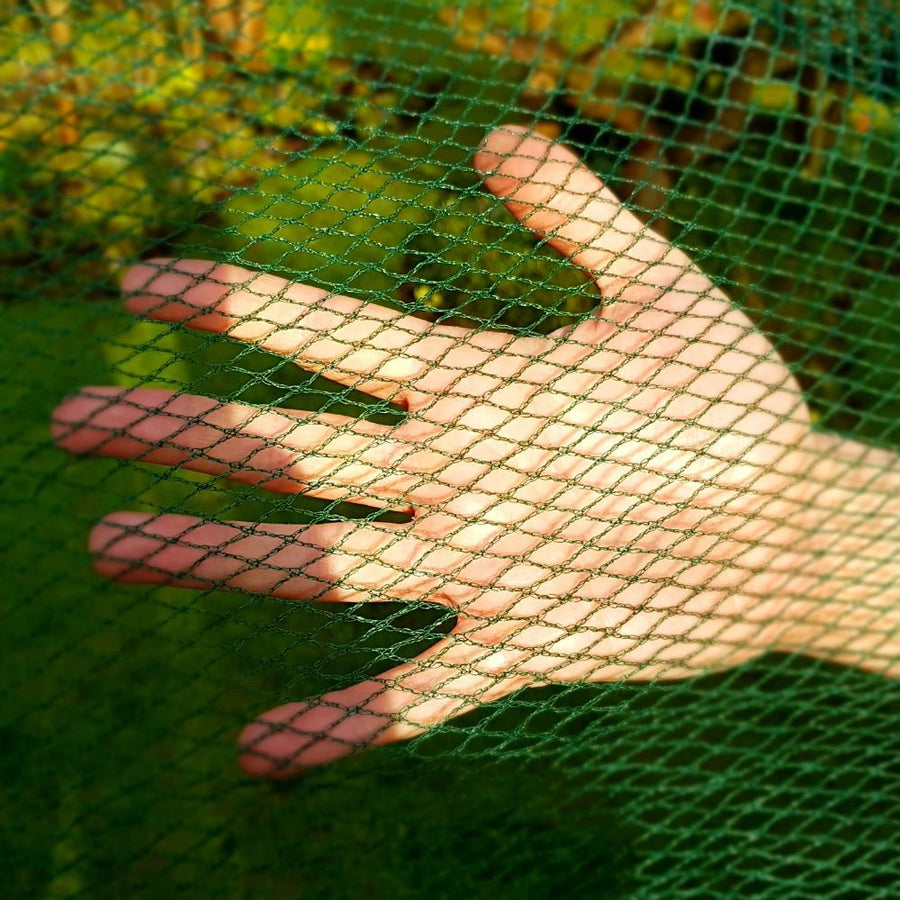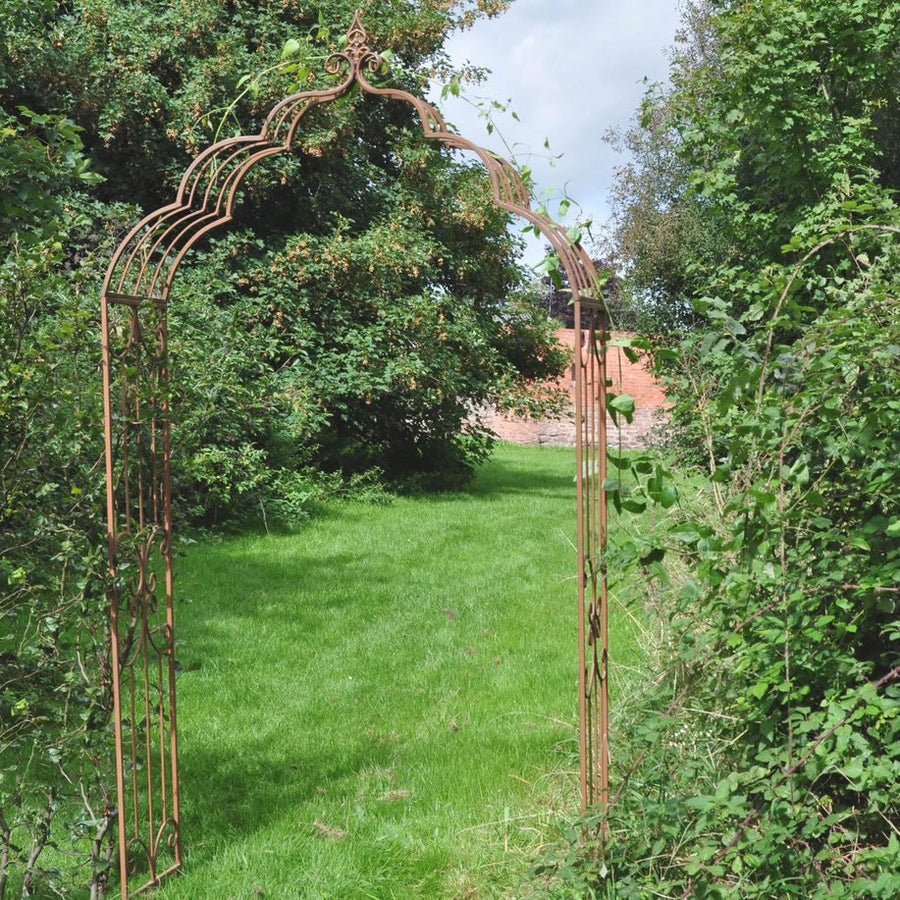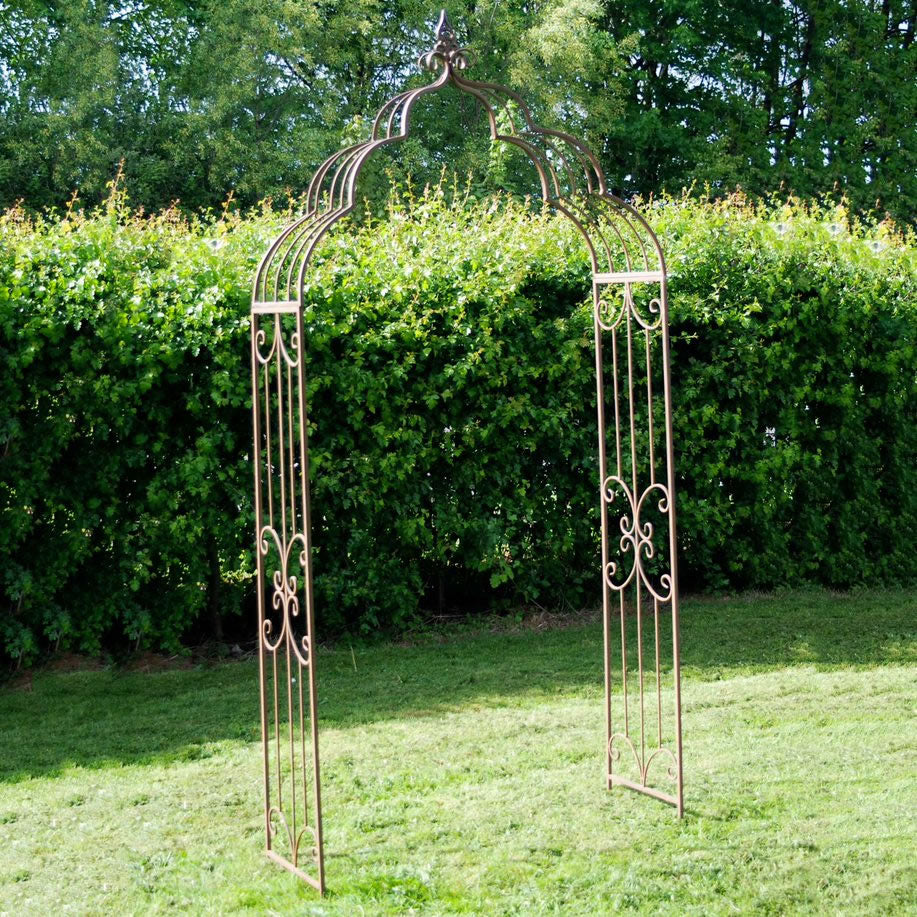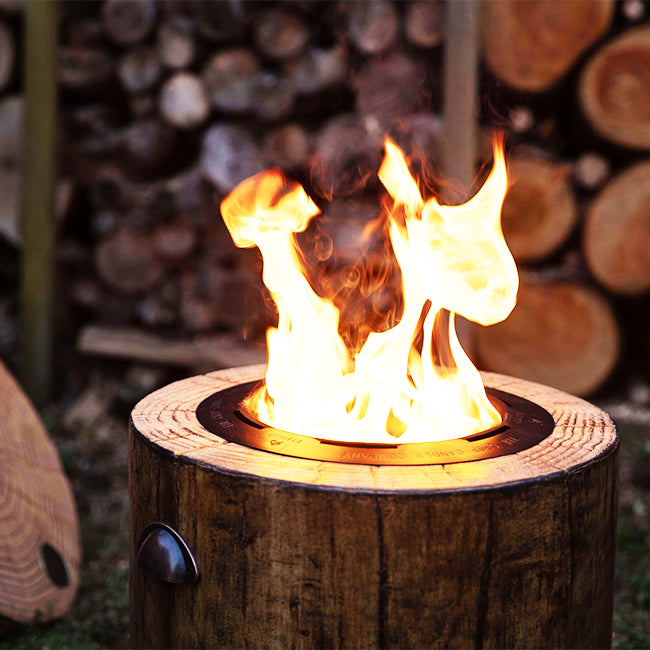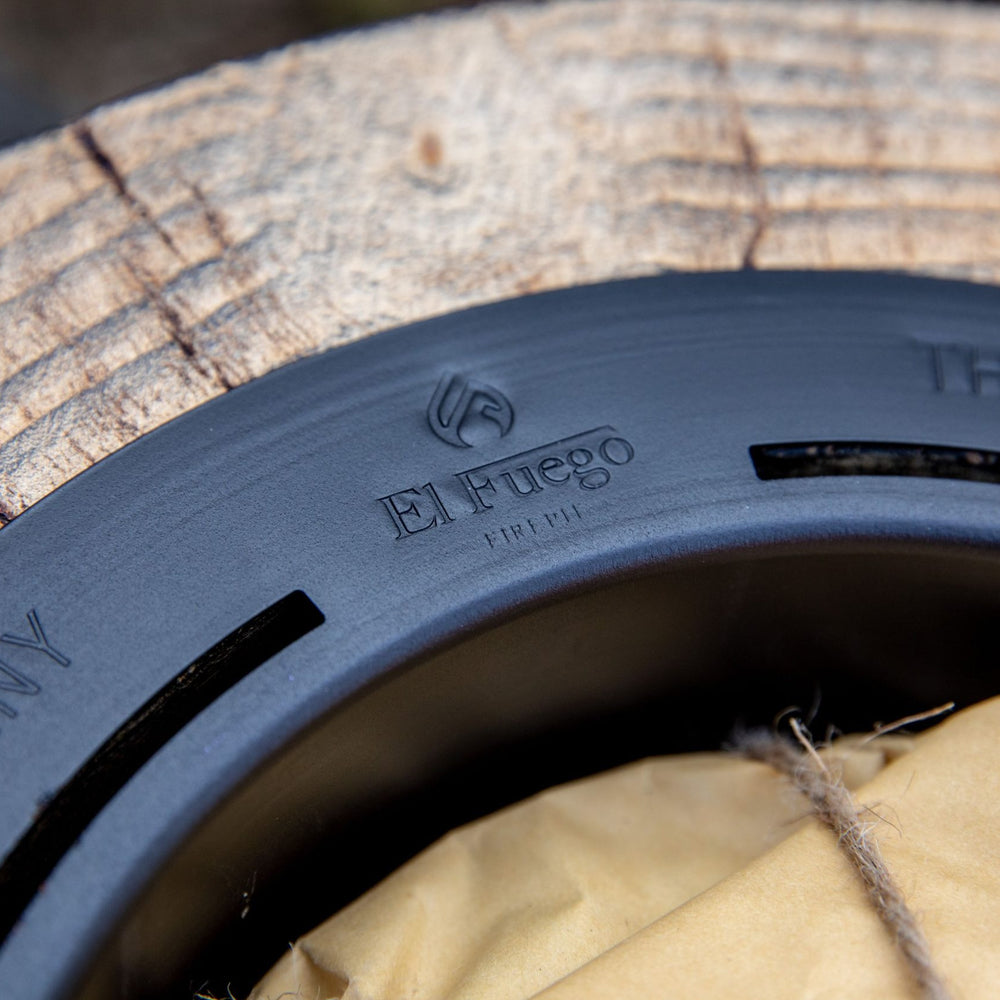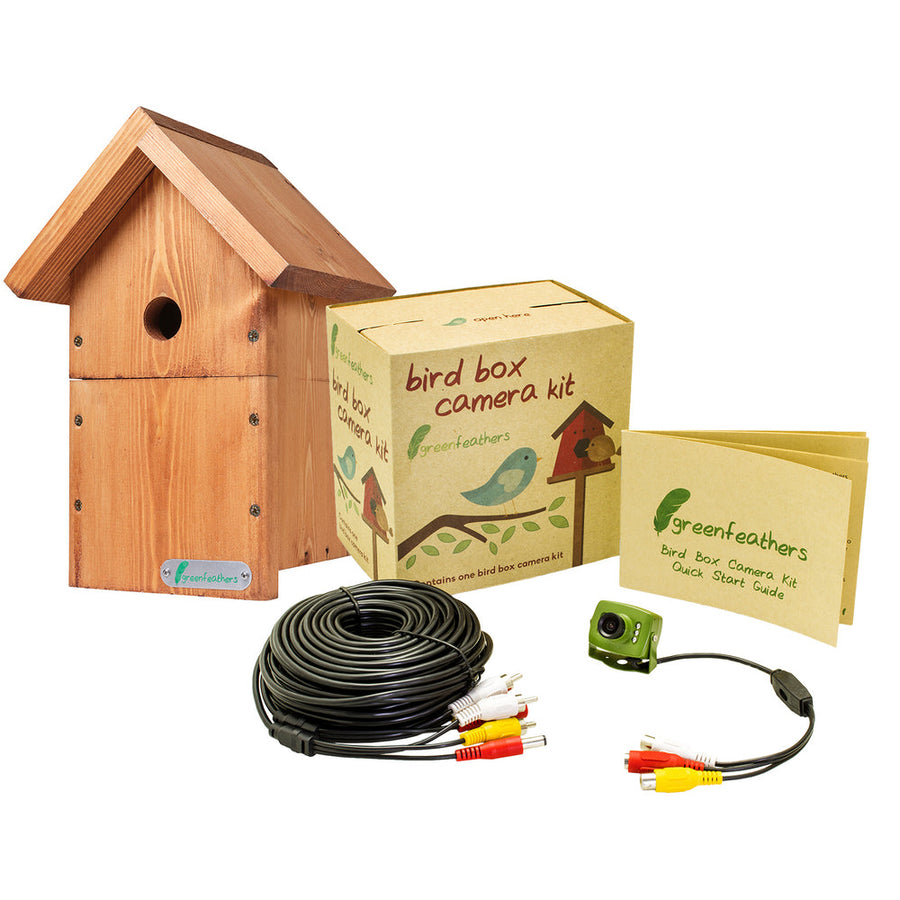Garden Hedgehogs & How You Can Help Them
The hedgehog native to Britain is the European hedgehog (Erinaceus europaeus) usually found in hedgerows, farmland, woodland and urban environments. They are usually around 250 mm long and have characteristic spines and a fairly long snout. An adult hedgehog can have up to 7000 spines that are hollow modified hairs and a single spine can support the total weight of the animal. If the hedgehog feels threatened the spines become erect and if danger remains the hedgehog will roll up into a ball.
During the year they are active for approximately eight months between April and November and hibernate during the colder winter months, but with global warming, this pattern of hibernation is changing. During the hibernation period there are times of activity so it is a good idea to leave food and water if you see any activity during the winter. If the temperature falls below 1°C hedgehogs can get frostbite or even freeze solid and it is thought that these periods of arousal may help to prevent them from freezing to death.

Hedgehog Diet
The hedgehog will virtually eat anything in the wild but insects, particularly earthworms, beetles, and caterpillars, make up most of their diet. The hedgehog is a nocturnal mammal and can consume up to 20% of their body weight in a single night covering a range of a couple of Kilometres, a lot for little legs!
The European hedgehog is now endangered in the United Kingdom and an increase in the publicity of their plight has led to an increase in complementary feeding by the general public. However, this in itself can lead to further problems for the animal if they are fed inappropriate foodstuffs.
Metabolic Bone Disease (MBD), obesity with associated cardiovascular disorders, and fatty liver disease are nutritional disorders that have been reported in hedgehogs fed improper diets. It is therefore important not to feed them with high phosphorous foods such as mealworms, sunflower hearts and peanuts that can all contribute to crippling MBD with bone deformities and easily fractured bones. In addition, peanuts can become stuck in the jaws of a hedgehog which can then prevent them from feeding and ultimately, they will then starve to death. Added sugar, honey, & dried fruit should also be avoided as these could lead to obesity, cardiovascular issues, and dental issues just as in humans! Also, foods with a high fat content can lead to fatty liver disease which can quickly become fatal to the hedgehog so a food with less than 15% fat is preferable.
Feeding them a reputable commercial hedgehog food such as Brambles Crunchy Hedgehog Food, Brambles Semi-moist Hedgehog Food and Brambles Meaty Hedgehog Food is great.
"It is important to check the ingredients in hedgehog food as some brands do contain ingredients that are best avoided."

Helping Hedgehogs in your Garden
To help hedgehogs in the garden, encourage a safe passage to and from your garden and your neighbours by creating a small hole of around 13cm at the base of fences and borders. This will help the hedgehogs to avoid roads and hence cars that are a major cause of mortality. Leaving a quiet area of your garden uncultivated, or having a pile of logs, can give hedgehogs a safe haven, and people should avoid using chemicals such as slug pellets and pesticides so that they are not in insects or slugs and snails that the hedgehogs eat. Always check the borders of your garden before using a strimmer to ensure no hedgehogs are resting there and if you have a pond in your garden, make sure there is a way out for any hedgehogs that inadvertently fall in. Although hedgehogs are good swimmers if they can’t get out of the pond they will eventually tire and drown so a few partially submerged rocks around the edges of the pond will help them to climb out.
If you find a sick, injured or orphaned hedgehog visit the Wildlife Rescue Directory to find your local Rescue who you can ask advice from.
Article by Gail Tracey, Director of Brambles Pet and Wildlife.
1st Class BSc (Hons) Applied Biological Sciences


